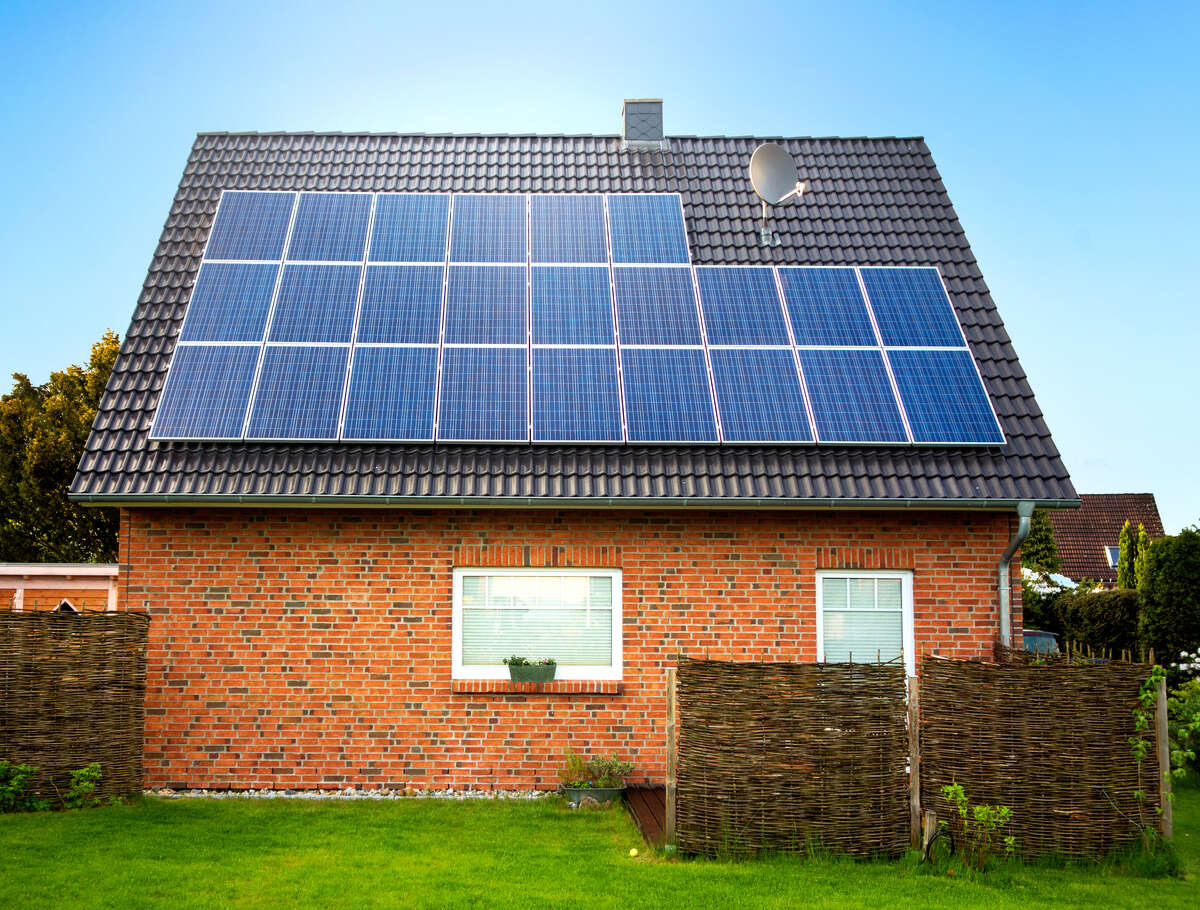This change is a good thing on many levels, but it can create unhealthy environments. Panels are cheaper and produce more energy per panel than ever before, and it just keeps getting better This positive development puts a wave of solar installations on the horizon. The Solar Energy Industries Association projects a 40% increase in installations between 2022 and 2023. As with vinyl, the net cost of this new paint for our existing home is undoubtedly a long-term economic benefit. But just like vinyl siding, the practical benefits of solar panels have aesthetic consequences when installed regardless of how they will fit into an existing home.

Homeowners make fashion statements with their homes. Black windows and trim became more common in this era of massive solar panel installations around the neighborhood. Solar panel sales are not based on visual appeal, but on the bottom line. It's a simple equation: more panels facing the right way means more energy is generated, and that translates into a higher return on investment for the homeowner. Because the designer of the Canvas app is also the vendor of these panels, there is no incentive to change the number of panels to reduce the aesthetic result.
For many neighborhoods this dramatic visual change is as much a reflection of their values as financial benefits. Just as homeowners hate painting their homes and installing vinyl siding to save money every decade, homeowners hate it when their electric bills skyrocket and they can't ignore the reality of climate change. Battery technology has created a second source of electricity, with solar batteries replacing noisy gasoline generators when the grid goes out. The inadvertent massive taxation caused by solar panels in our current neighborhood is terrible to some, invisible to others, but very present.
When panels move and break to avoid water holes, chimneys, skylights, eaves and skylights, the visual result can be quite messy. The same odd layers of vinyl siding around wall shapes and features create odd lines and surface disturbances. Not much thought was given to relocating pipe holes or skylights to reduce the visual clutter of solar panels randomly dancing on our roof. The simplest way to think about it is to spend time (and money) thinking about how the number of solar panels interact with a house.
Keeping in mind the visual end result of solar panel design and vinyl siding plans will likely mean fewer solar panels and more expensive siding installation. I know this fact because in my work as an architect I deal with these products and see their impact on home design, be it a new build or a renovation. But these design decisions can be controlled regardless of whether the designer is part of the installation. Massive changes in the visual character of our surroundings have social implications.

Historic commissions of Connecticut city and village districts, established to preserve the visible character of their communities, often regulate the use of solar panels and vinyl siding in neighborhoods. As more homes and outdoor items follow suit, zoning commissions will want to regulate the activities of homeowners, just as they have done with generators, air conditioning compressors and outbuildings such as cabins and garages. The increased regulation emerges because homeowners are concerned about how their neighborhood affects their home's curb appeal and value.
Will there be a cultural response to the visual chaos imposed on our society by the chaotic arrangement of solar panels? The visible rest of your composition becomes visible. "Virtue signs" of avoiding fossil fuels can make for great dinner conversation, and the practical benefits of solar panels are undeniable. The same goes for our well-intentioned visual effects, and we may see changes in the way we organize our installations in the future.
Duo Dickinson is a Madison-based architect.




